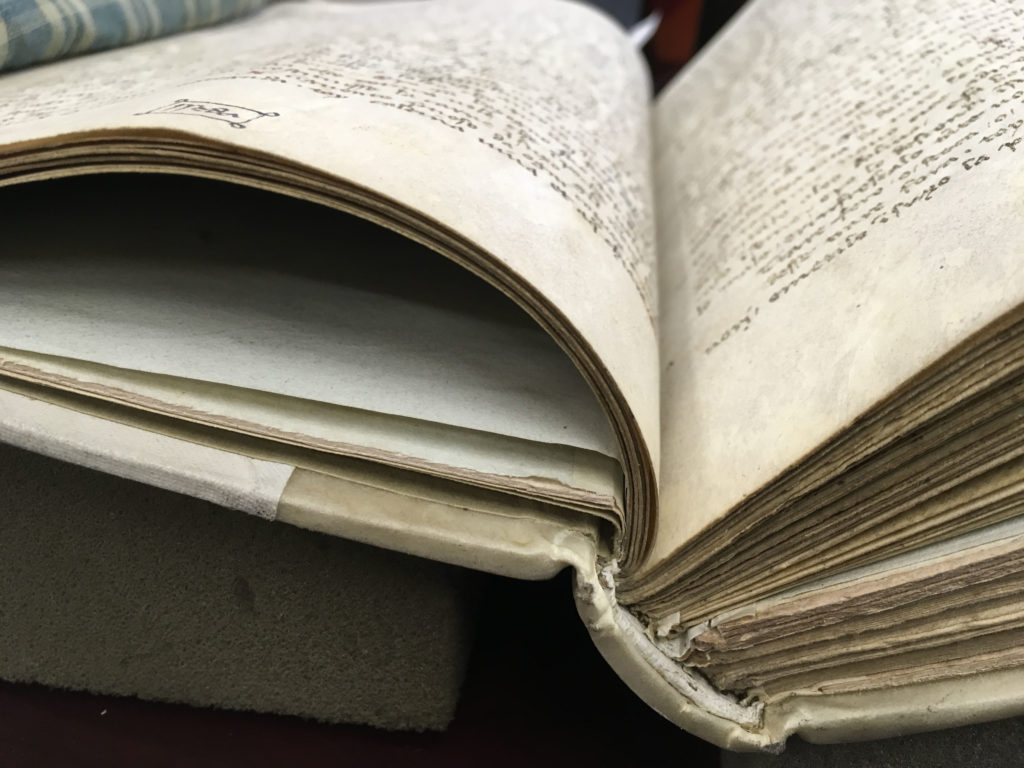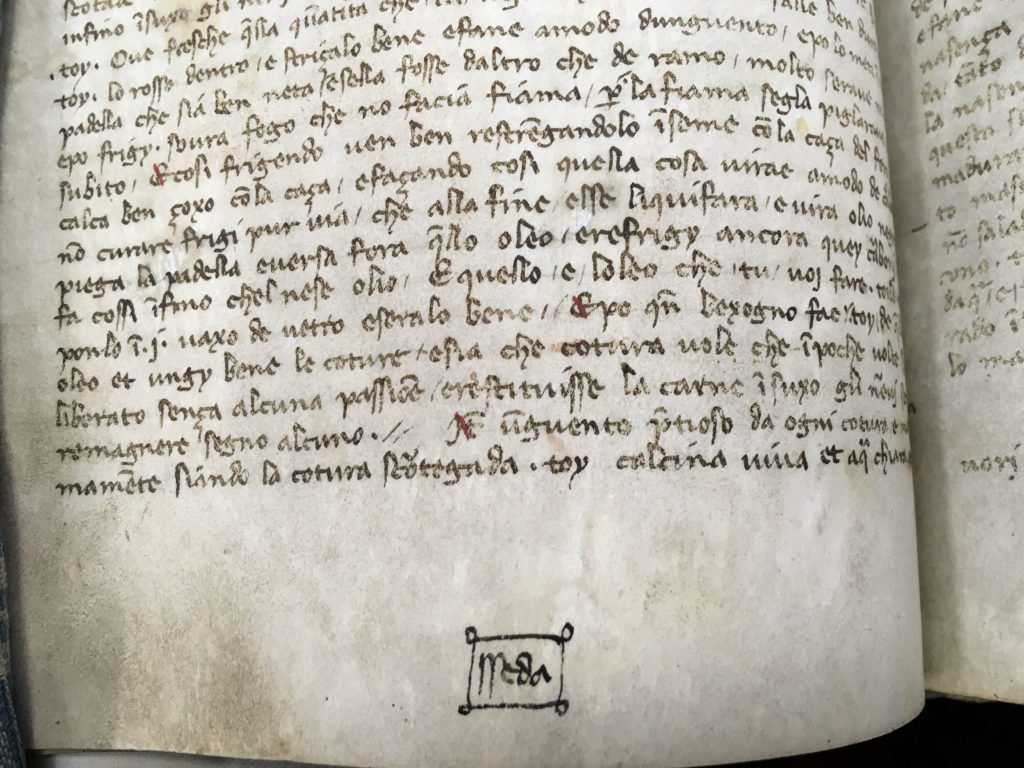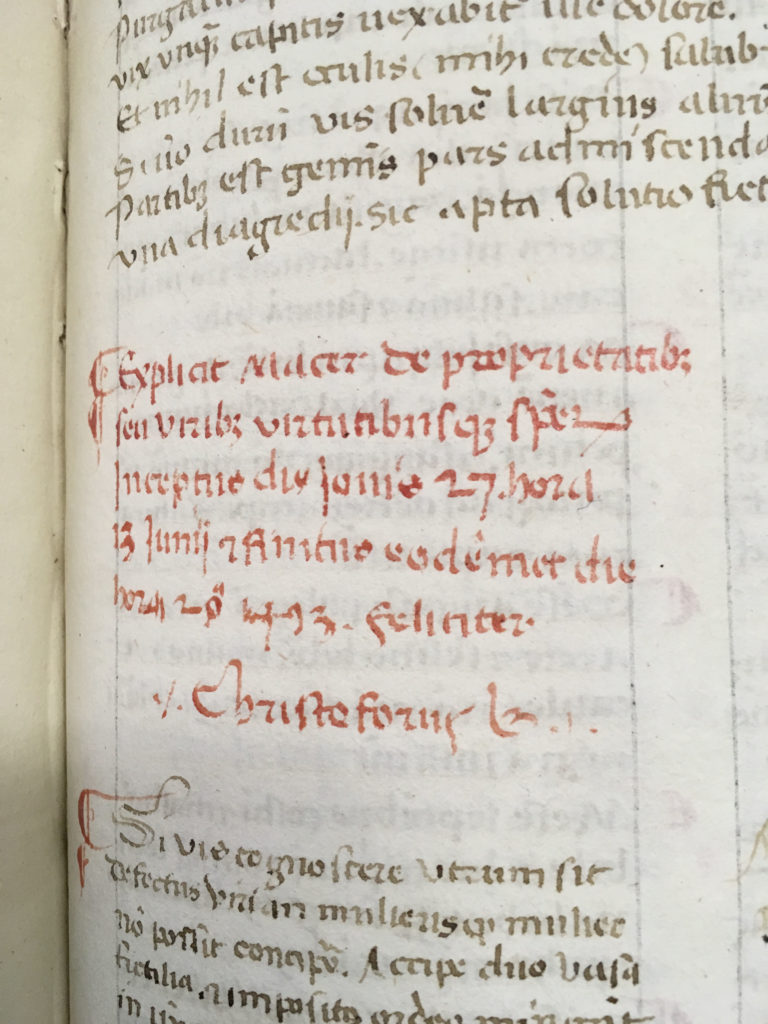What are quires and catchwords, and why are they important?
Secreti medici…still a secret to me
10a 131 is comprised of two volumes: one from the 14th century and one from the 3rd quarter of the 15th century, both (probably) from the Veneto in Italy. Donated to the Library by Morris Wickersham sometime in the 1880s, the volumes were soon bound together.

Freeing the LAMS from the Silos; or, How We Learned to Love MARC for the Sake of BIBFRAME
On April 1st, the College of Physicians of Philadelphia released what we lovingly refer to as the “Digital Spine,” one of the few catalogs in the United States that merges descriptions of, and access to, library, archival and museum collections.
Approximately 145,000 bibliographic records for collections in the Historical Medical Library and approximately 28,000 records for objects in the Mütter Museum will be merged in a single, cross-searchable database. To sample this integration, go to https://cpp.ent.sirsi.net/client/en_US/library and search for “foreign bodies.”
Tracing 10a 159 through time*
We know, thanks to our scribe Christoforus B., that 10a 159 was completed in July 1493. But where did go from there? We don’t know who the first owners may have been, but book stamps, inscriptions, and sale catalogues can tell us about later owners.

A medieval ‘table of contents’
The idea of a table of contents or index is not a new one; in fact, even early Greek papyri contained sections and often lists of items. In 10a 159, a 15th century Italian manuscript which includes Macer Floridus’ De virtutibus herbarum, the section headings are listed in the back of the volume.

Race, Genitals, and Walt Whitman in Dr. Leidy’s Lectures
– by Christopher Willoughby, Ph.D.*
Over the last five years, I have spent months conducting research at the Historical Medical Library at The College of Physicians of Philadelphia. In my dissertation, I examine the history of slavery and racial science in American medical schools before the Civil War, and my research at the College of Physicians played an essential role in completing this project. One of the central tasks that I undertook at the Historical Medical Library was an intensive study of Joseph Leidy, the Professor of Anatomy at the University of Pennsylvania’s Medical Department for much of the second half of the nineteenth century.
Christoforus B. and De virtutibus herbarum
Dating medieval manuscripts can be tricky, as many of them aren’t dated by the scribe, nor do we know who the scribes were. However, 10a 159, Macer Floridus’ De Virtutibus Herbarum, has both a date and a name. We even know approximately how long it took our scribe to complete each section!





